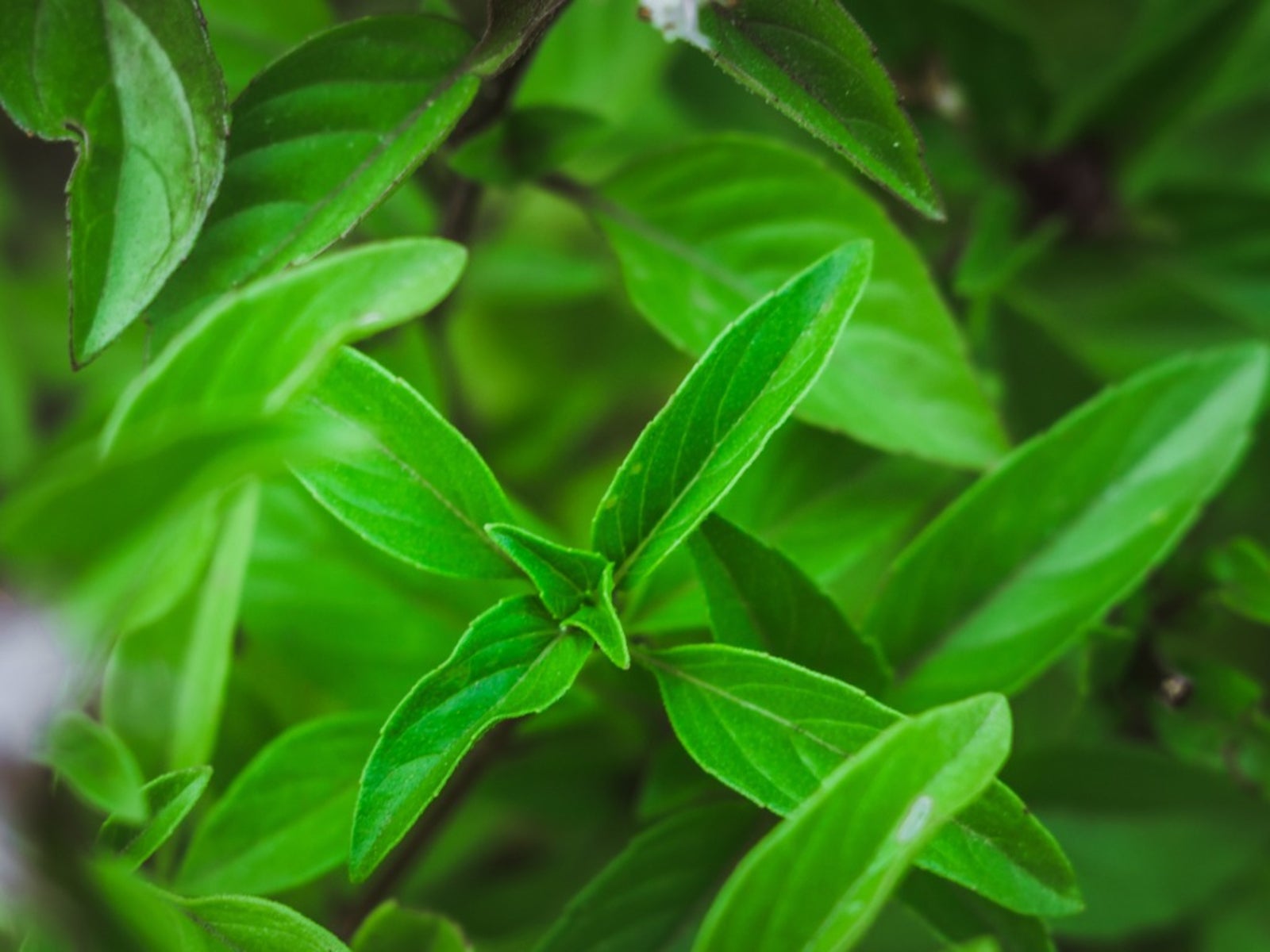Citrus Basil Varieties: Learn How To Grow Citrus Basil Plants


Basil is the “King of Herbs,” but it isn’t just one plant. There are so many varieties from purple to chocolate to Thai, and even citrus. Citrus basil plants add a hint of fruitiness to this already delightful herb and are great for adding fragrance and flavor to your garden, home, and kitchen.
What is Citrus Basil?
Sweet basil is the variety of this herb that most people associate with it. It grows large, flat, green leaves and has a sweet aroma and flavor that is reminiscent of anise, yet totally unique. This is the typical culinary and Italian basil, and it’s great, but there are other options. Citrus basil (Ocimum basilicum citriodorum) is a group of a few varieties of basil that are notable for a mild citrus scent. The plants are a little bit smaller than other varieties, growing to about 12 inches (31 cm.) tall.
Types of Citrus Basil Plants
There are a few citrus basil varieties with subtle differences in aroma and taste to suit exactly what you want for your garden and kitchen:
- Lemon basil. Lemon basil is the most common variety of citrus basil and the one you will find the most easily. It has a mild, lemony scent and flavor. The leaves are silvery green.
- Lime basil. This variety, as the name suggests, has a lime aroma and flavor. It may be more difficult to find but is well worth the hunt. The leaves are bright green.
- Mrs. Burns’ basil. This unique variety of basil has a combination of lemon and lime in its flavor and scent. The leaves are bright green, and the flavor is intense.
How to Grow Citrus Basil
Growing citrus basil is not really any different from growing sweet basil. If you have a successful herb garden already, you can simply add citrus basil to the mix. These plants grow well in beds and in containers outdoors or indoors by a sunny window. Basil plants of all types need good drainage and a lot of sun, although they will tolerate a little shade. If growing outside, don’t plant your basil until after the first frost. Light organic fertilizer or compost will encourage more growth. Pests are not usually an issue for basil, but root rot is. Don’t overwater your plants and make sure they are draining. Also important is to harvest leaves of basil plants regularly to encourage more growth and pinch off any flowers as they appear. The leaves won’t taste the same if they bolt. You won’t regret growing citrus basil in your next herb garden or even indoors in a container over the winter. The delightful scent is especially nice to have indoors during colder months.
Gardening tips, videos, info and more delivered right to your inbox!
Sign up for the Gardening Know How newsletter today and receive a free copy of our e-book "How to Grow Delicious Tomatoes".

Mary Ellen Ellis has been gardening for over 20 years. With degrees in Chemistry and Biology, Mary Ellen's specialties are flowers, native plants, and herbs.
-
 Looking For Plants To Give You The Soft And Fuzzies? Try These 5 Fuzzy Leaf Plant Options
Looking For Plants To Give You The Soft And Fuzzies? Try These 5 Fuzzy Leaf Plant OptionsLovers of texture, drama, silver foliage and tactile plants will adore these special sensory garden additions. These fuzzy leaf plant options will leave you all aglow
By Susan Albert
-
 Get Ready For A Summer Of Hummers! Grow These Full Sun Hummingbird Plants and Flowers
Get Ready For A Summer Of Hummers! Grow These Full Sun Hummingbird Plants and FlowersIf you’re lucky enough to enjoy a sunny backyard, make sure you are maxing out on your pollinator opportunities and grow these full sun hummingbird plants and flowers
By Tonya Barnett